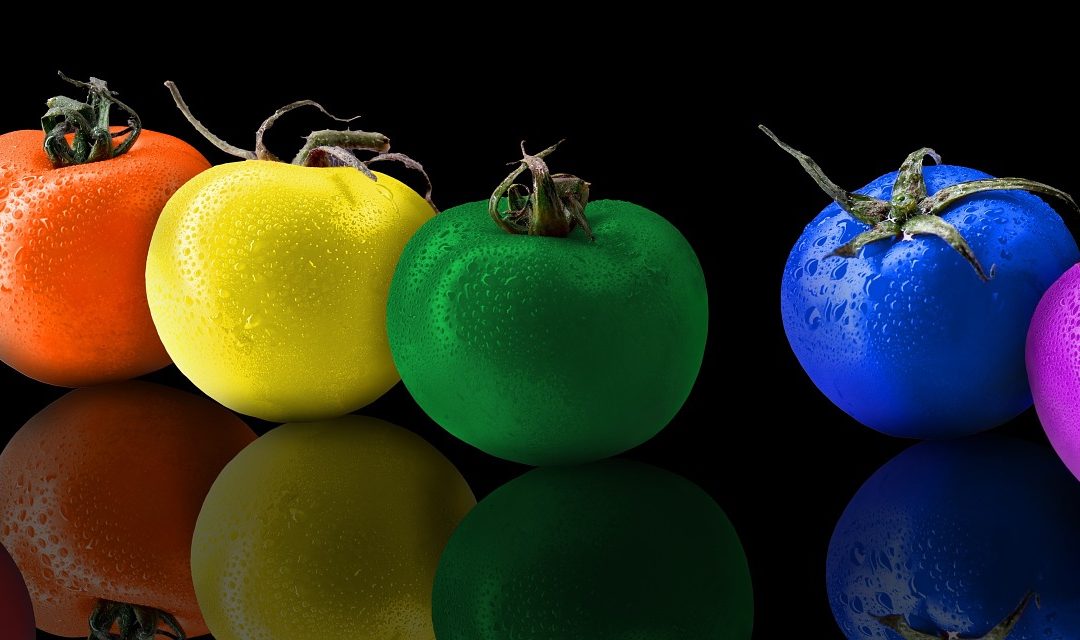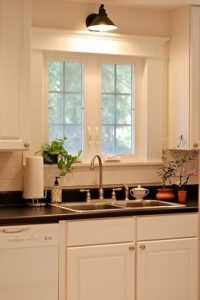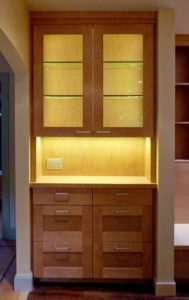The kitchen is the hub of the home where life happens, people gather, and a wide range of activities take place.
These varying activities will require different levels of light.
Some of these activities may include dealing with sharp knives, boiling water and hot oil.
Good lighting will increase the safety and usability of your kitchen.
Is your kitchen equipped with the proper type of light to support this diverse activity?
How to plan out your lighting
You’ll need to know the layout of your kitchen before you decide on the placement of your lights (and switches and receptacles) in order to have them properly placed for maximum practicality.
Since kitchens are such busy places where lots of things happen, having maximum control over your lights as well as light-level is very important.
For example, you will need different levels of light for meal preparation, for clean-up, for eating a meal (during the day or at night), for baking, for doing crafts, and for those inevitable times when the party always seems to end up in the kitchen.
In order to satisfy this wide range of lighting requirements, you need to layer your kitchen lighting. This means having a number of different types of lights on separate controls so you can mix and match the light level to match the task at hand.
Group lights together on the same switch that make the most sense. For example all of your countertop task lighting could be on one switch, and your general lighting on another etc.
It’s a smart idea to seek out a professional such as an interior designer or a lighting design specialist to work through the design of your lighting plan with you.
Types of lighting to include in your plan
- Ambient/General lighting – Pot lights are great for general lighting as they combat glare and shadows.
- Task lighting – Is used to light countertops, stovetops and sink areas. They are most often placed under the upper cabinets and hidden from sight. The trend is toward using LED lights for this application as they stay cooler than incandescent.
- Accent Lighting – Ideal over islands and eating areas as they add visual interest and create intimacy. Try hanging them 40in/102cm above the island or tabletop so they don’t obstruct site-lines. This will most likely be the area where the party gathers, so have some fun with a beautiful fixture. TIP: Ensure they are on dimmer switches for regulating ambiance.
Lighting Tips
Install LED lights on the inside of a glass-doored cabinet to highlight beautiful dishes or a prized collection.
Focus light on a dining area or an island using a fixture with an opaque shade that’s open at the top and bottom (see drum pendant image). These shades direct the light onto the dining surface and the ceiling above for some added drama and interest.
Try to put dimmers on as many lights as possible for maximum light control and flexibility.
Create a wash of light down the back of a cabinet by installing LED strip lights on the back of shelves that are then places about 2in/5cm away from the rear of the cabinet.
If you’re unsure how many pendants to hang in your kitchen, err on the side of caution. One fantastic pendant is better than several small ones.
Check out Pinterest for ideas on lighting, and start an ideas file.
Action Plan
Use a well-designed lighting plan to make sure that your kitchen is well-lit overall, has no dark corners on your countertops, and has at least one beautiful accent light to make the space pop.
Read more about lighting on our blog posting Lighting: See Better and be Safer.
An important part of a lighting plan is the location of your switches and receptacles. Read more about that on Accessibility Hacks. Switches and Receptacles.





